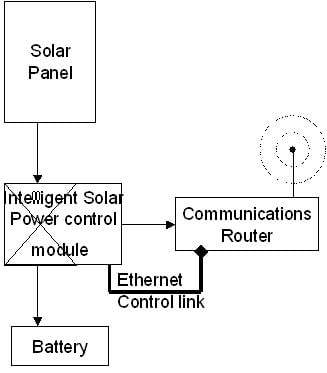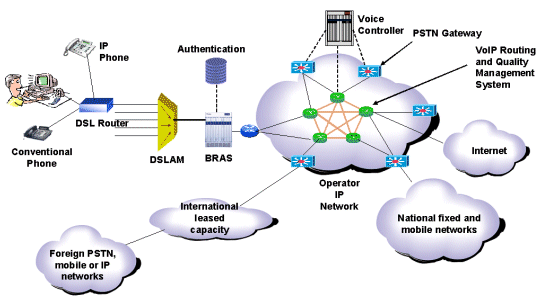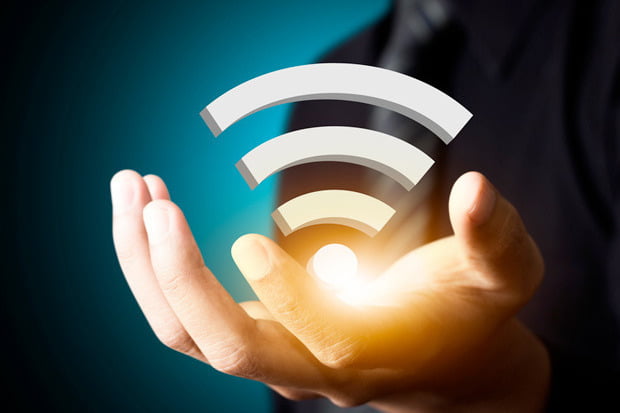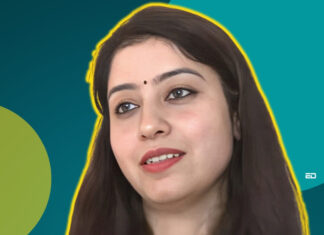All that she, he or anybody could ever want. Yes, you read it right. We need Roti, Kapda, Makaan aur Broadband for our survival nowadays.
Talks our that broadband has been added to as the 7th need in Maslow’s need hierarchy theory :D (well, the psycho and business grads amongst our readers will get the pun, for those who don’t, learn to read more).
We, the youngsters have always sworn to a life being impossible without a 24*7 internet connection. We, for years have realized that the work gets done faster and leisure time flows in quicker whenever we have real time world wide web access.
Now, you might be wondering, why am I stating the obvious?
I have always felt that its only we, the youngsters who have realized the wonders and enchantments of the cyber world whereas our elders (read our teachers, politicians) have always considered it as a necessary evil (and that too with much un-needed resentment) and warned us constantly about the pitfalls of internet.
Times have truly changed, you see. The government (read: the policymakers, teachers and almost all the naysayers) have woken up to the endless possibilities that the internet offers.
Click on this image to understand: “Logging Into Digital India”
The recently unveiled Digital India Campaign rests on the backbone promise of providing access to 500 (50 crores) million Indians from the present penetration level of 200 million (20 crores) Indians within a span of two and half years. For this, the entire length and breadth of our country is set to be criss- crossed by what is called as the Broadband Highways connecting all government departments, villages, universities, R&D institutes, etc. The government has allocated Rs.500 billion (Rs. 50,000 crores) to this ambitious undertaking.
The National Optical Fibre Network (NOFN) project seeking to connect 250,000 gram panchayats by 2016 has paved the way for universal broadband coverage. It is being funded by Universal Service Obligation Fund (USOF). A Universal Service Obligation is defined as providing access to telegraph service to people in rural and remote areas at affordable and reasonable prices. USO Fund is created by taxing the revenues of telecom operators under various licenses.

Broadband Highways though mainly refer to NOFN, yet they also include the cutting state of the art technologies launched by Centre for Development of Telematics the R&D arm for telecommunications research under Ministry of Communications & Information Technology, Central Government. The R&D firm has launched four exciting products, briefly explained below-
- Long-Distance Wifi System
Herein, 100 MBPS Internet connectivity will be extended to rural areas where telephone lines are already installed.
- Solar Powered Wifi System
Especially designed keeping hilly and remote areas in mind, this technology promises to brighten up the lives of citizens living around difficult terrains. Solar-powered wifi can be used to set up cellular base stations, station controllers, servers and ATM stations via hotspots. It will operate via 2.4GHz and 5.8GHz bands. Owing to its independency from mechanical power supply, it will be able to provide more consistent and wider internet connectivity across remote areas.

- 100Gbps Optical Fibre Link System
Not going into the technical specifics of these technology, suffice it to know that it is also called D-DOT Suteevra. It enables superior bandwidth, faster internet and low power consumption across India. It is reported that all government initiatives planned under Digital India Project will be based on D-DOT Suteevra and further expanded.
- Next Generation MTNL Network
Next Generation Network (NGN) in MTNL Network aims to convert the old TDM (Time Division Multiplexing) technology, used in our landlines into the new and advanced VoIP technology. Once this is accomplished, all landline subscribers of BSNL and MTNL can use internet as a medium to transfer files, use advanced services like video sharing and even cable network. This is part of MTNL’s plans to migrate 3.5 million landline subscribers to IP based network. So, move over seeing your landline as the baap-dada of telecommunications and welcome it in its never before seen avatar equipped to share your media files, have video calls and loads more.

What’s in it for ME?
A perfectly valid question, this one. With the government spending so much of the taxpayer’s money on this ambitious undertaking, you might be wondering, “What do I get out of it?”
The answer includes
- Wifi at public places
The Department of Telecommunications (DoT) has identified 705 tourist locations across 45 cities which will be provided Wi-Fi services. The government is reported to have initiated discussions with private service providers for the purpose already.
Internet connectivity will be offered at the rate of 512 kbps to 500 users at a time. Mind you, it won’t be free. The wifi connectivity will come at a set nominal price, keeping in mind system capacity.
What you can get here is list of free wifi spots in India, for we want to make up to you for making you dream too big, too early! (You can say thanks, now)

- Countless Possibilities
Click on the above image for a more explicit explanation of how a digitally empowered India with seamless share of information, hassle free access to financial institutions, economization of resources combined with your entrepreneurial imagination might trigger something as big as the green revolution for the Indian Economy.
Learn all about Digital India here with us at ED.
We’d love to hear from you of what you think of the Digital India project and also ED’s initiative of decoding it all for you through this campaign.
Graphic credits: Harshita Sharma & Abhinav Jain (feature image and cover banner)



































